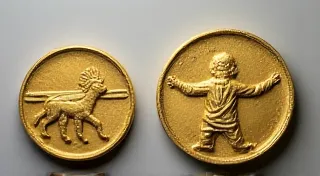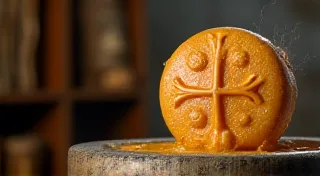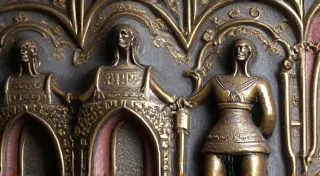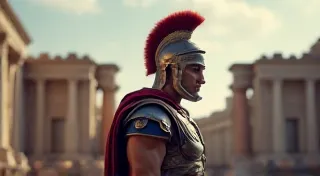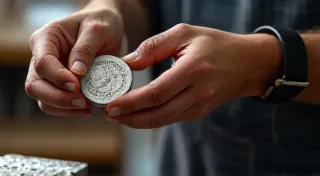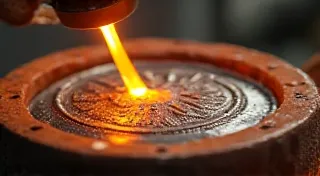Recreating the Sestertius: Challenges & Solutions
The Roman Sestertius. A bronze coin vital to the Roman economy, and a surprisingly tricky coin to accurately replicate. While seemingly simpler than a silver denarius or gold aureus, the Sestertius presents unique challenges for those undertaking the craft of coin replica creation. This article delves into those challenges and provides practical solutions for achieving a truly authentic Sestertius replica.
Understanding the Sestertius – More Than Just Bronze
Before we jump into the crafting process, it’s crucial to understand what made the Sestertius what it was. It wasn't just bronze. The metal composition varied significantly over the centuries and across different Roman emperors. Initially, it contained a higher silver content, but this was gradually reduced to maximize profitability – a common practice in Roman monetary policy. Later examples were primarily copper with a thin plating of bronze, often poorly executed. Replicating this evolution is beyond the scope of a simple beginner’s project, but awareness of this variation is key for understanding the visual characteristics of different Sestertius types.
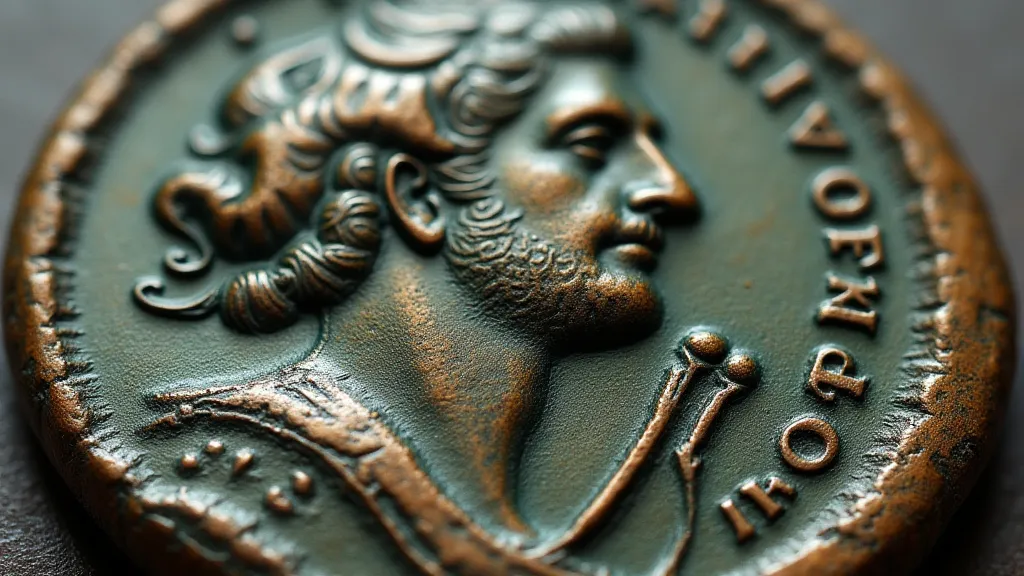
Challenges in Sestertius Replication
Let's break down the key hurdles you’re likely to encounter:
- Bronze Casting Difficulty: Bronze, while relatively easy to cast compared to some metals, still requires careful temperature control and venting to avoid porosity and casting defects. Getting a clean, well-defined cast is paramount.
- Weight and Thickness: Authentic Sestertii have a specific weight and thickness. Replicating this accurately affects the "feel" and authenticity of the coin. Too light or too thick feels wrong to the hand.
- Detail Retention: Sestertii, particularly those from later Imperial periods, often feature intricate details in the portraiture and reverse designs. Capturing these details in a cast replica requires a high-quality master die or mold.
- Surface Texture & Patina: The aged appearance of a genuine Sestertius – the patina – is notoriously difficult to replicate. Simply applying a fake patina often looks artificial.
- Composition Accuracy (Advanced): Getting the *exact* metal composition correct is difficult. While achieving the precise alloy isn't essential for a good replica, knowing the approximate composition is a plus.
Solutions & Techniques
Here’s how to tackle those challenges:
- Master Die Quality: Invest in a high-quality master die. This can be a professionally produced die or a meticulously hand-carved one. A blurry or poorly defined die will result in a blurry replica.
- Lost Wax Casting (Investment Casting): This is generally the best method for achieving fine detail. The process allows for intricate molds to be created.
- Sand Casting (Beginner Friendly): Sand casting is more accessible for beginners, but requires more attention to detail to minimize imperfections. Ensure good sand compaction and a well-packed sprue system.
- Weight Calibration: After casting, weigh your replicas and adjust the casting process (metal weight, mold size) to match the authentic weight. A slight variation is acceptable, but strive for accuracy.
- "Natural" Patina Replication: Instead of applying a fake patina, aim for a "natural" aging process. This involves careful cleaning *after* casting, followed by controlled exposure to air and moisture. Experiment with gentle acid treatments (handled with extreme caution and proper safety gear) to simulate bronze oxidation.
- Metal Composition: A basic bronze alloy (approximately 90% copper, 10% tin) is a good starting point. Experimenting with small amounts of lead or zinc can subtly alter the color and casting properties, but proceed cautiously.
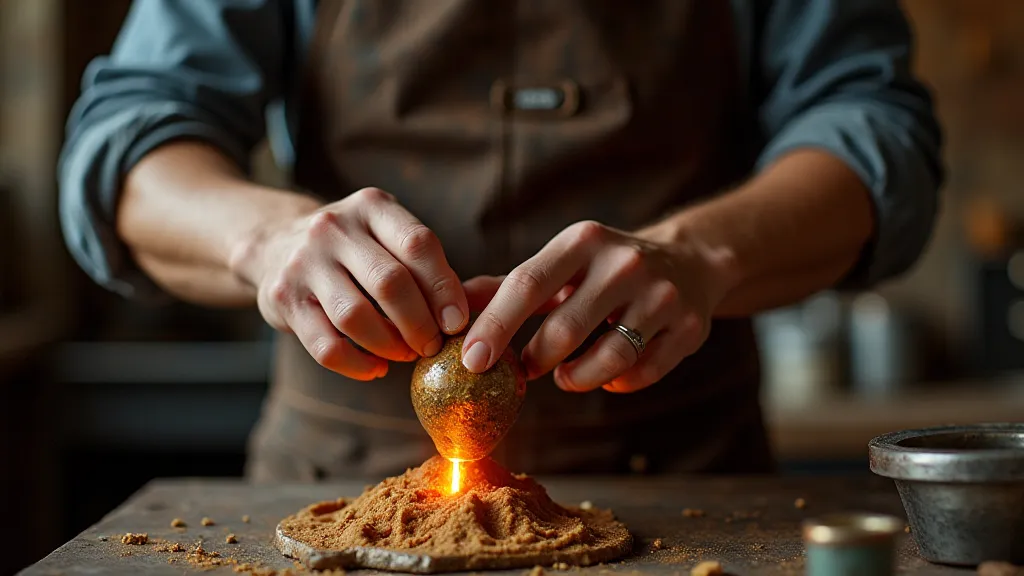
Advanced Considerations
For those seeking the ultimate in authenticity, consider these advanced techniques:
- X-Ray Fluorescence (XRF) Analysis: If you have access to an XRF machine, this can analyze the elemental composition of a genuine Sestertius, allowing you to create a more accurate alloy.
- Microscopy: Examining a genuine coin under a microscope can reveal subtle details in the casting process and surface texture that can be replicated.
- Historical Research: Thoroughly research the specific Sestertius type you are replicating. Understanding the historical context and minting practices can inform your crafting decisions.
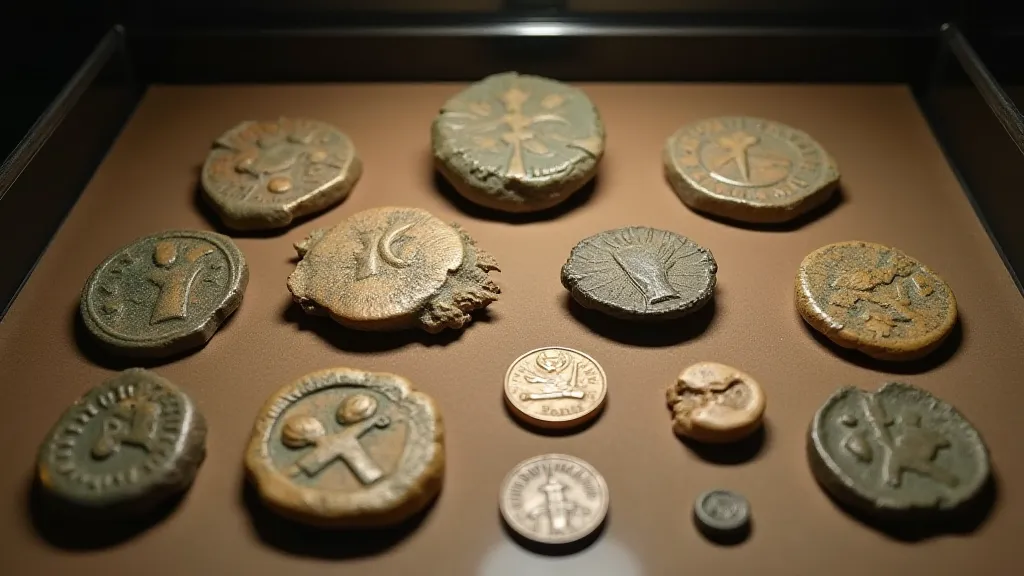
Conclusion
Replicating the Roman Sestertius is a rewarding challenge. It requires patience, attention to detail, and a willingness to experiment. By understanding the challenges and applying the solutions outlined in this article, you can create accurate and impressive replicas that bring a piece of Roman history to life.
